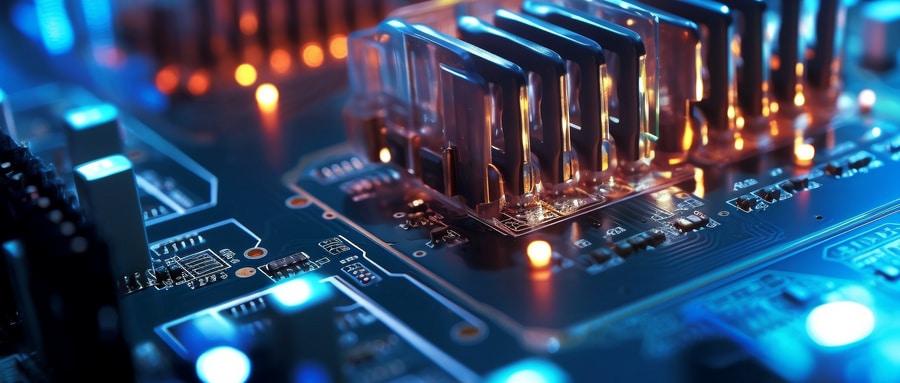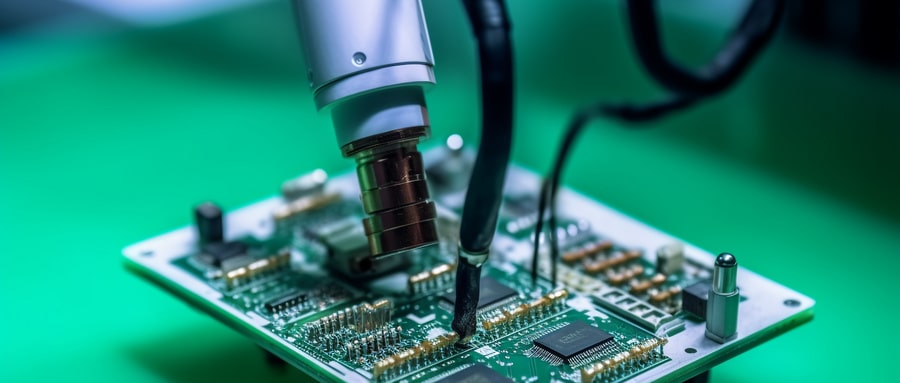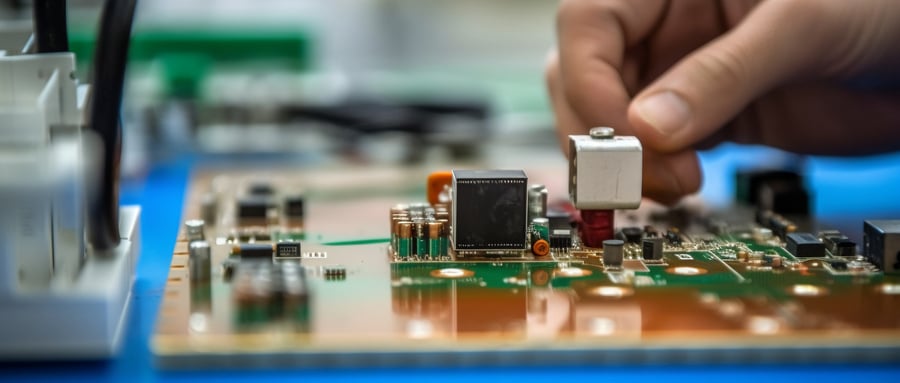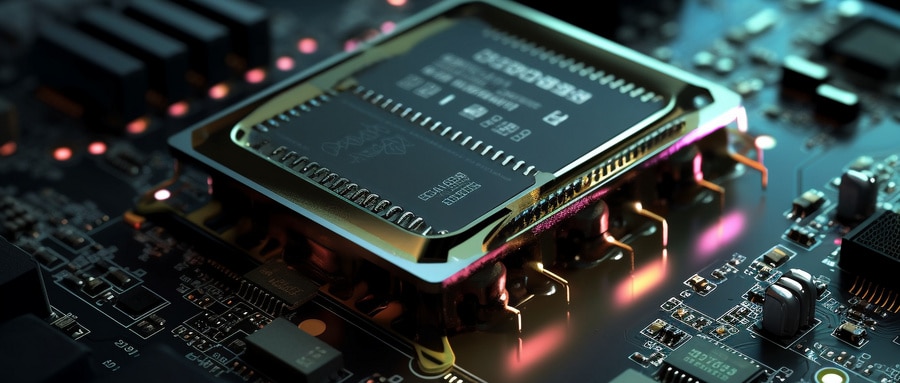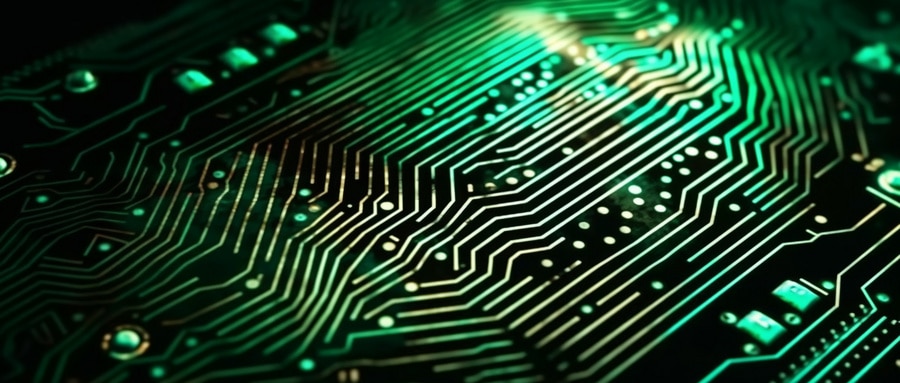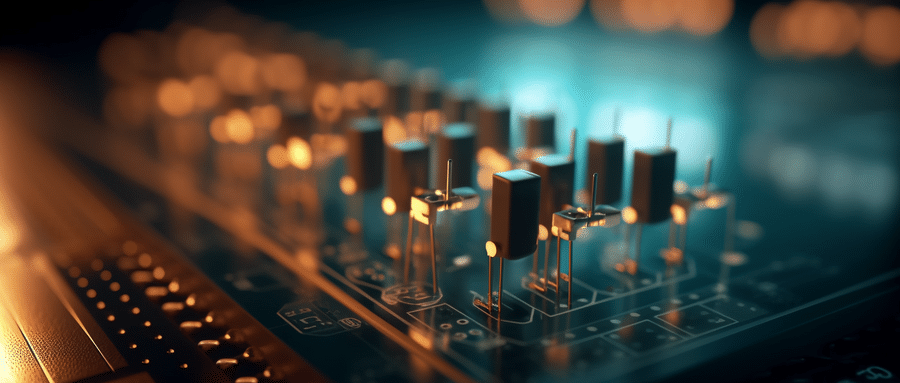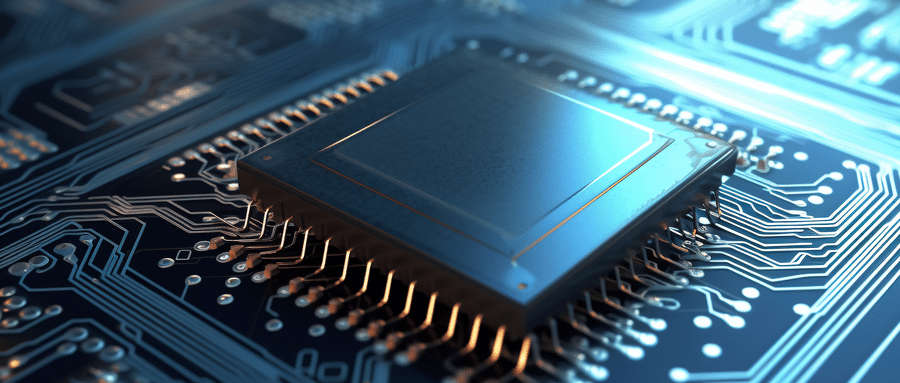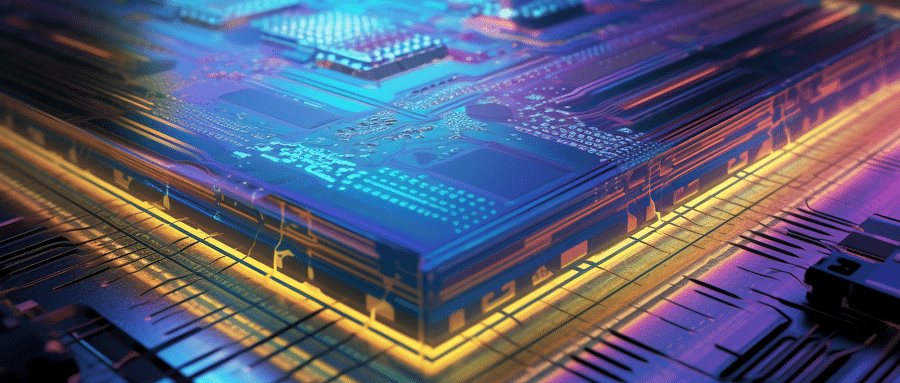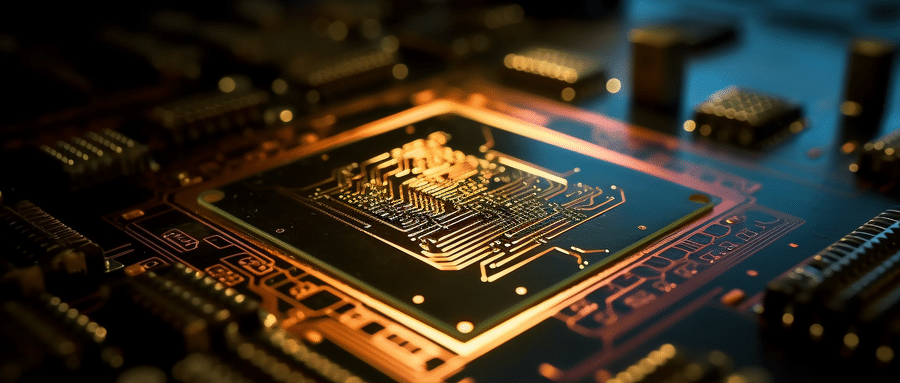Exploring Different Kinds of PCBs: A Guide to Their Applications and Special Features Printed circuit boards (PCBs) come in many different varieties, each tailored for particular applications or requirements. This article will examine various kinds of PCBs while exploring their unique characteristics, applications and advantages. 1. Kinds of PCBs: Single-Sided PCB Single-sided PCBs are the […]
Author Archives: pcbapeak
Flexible PCB Manufacturing: Exploring the Advantages and Process of Flexible Printed Circuit Boards Flexible printed circuit boards (PCBs) have revolutionized the electronics industry with their ability to bend, twist, and conform to complex shapes. In this article we’ll delve into flexible PCB manufacturing and explore its many benefits as well as the manufacturing process involved. Advantages […]
A Comprehensive Guide to the Components of PCBs Printed Circuit Boards (PCBs) form the backbone of modern electronic devices, providing support and connectivity for various electronic components. A PCB comprises several components which work together to ensure its smooth functioning and functionality; in this article we’ll look at these key elements that compose it and […]
Prototyping PCB: Streamlining the Path from Design to Reality Prototyping PCB: From Concept to Reality Prototyping PCBs is a key step in the product development process, enabling designers to transform their ideas into functional circuit board prototypes. This article will delve into essential steps involved in PCB prototyping as well as key considerations that ensure […]
PCB Trace Current Calculator: Ensuring Safe Current Capacity for Traces Establishing the safe current-carrying capacity of PCB traces is vital in order to prevent overheating and ensure reliable electrical current transfer. A PCB trace current calculator is an invaluable resource that helps determine optimal trace dimensions to meet desired current capacity requirements. We will explore […]
PCB Pads: Essential Elements for Reliable Component Connections PCB pads are integral parts of creating reliable connections between electronic components and their circuit boards, serving as an interface for soldering components securely onto the circuit board and guaranteeing optimal electrical connectivity. In this article we’ll examine their significance as well as various types of pads […]
FR-4 PCB: The Versatile and Widely Used Substrate Material FR-4 PCB Substrates Are Highly Versatile and Commonly Employed Substrates FR-4 (Flame Retardant-4) is one of the most frequently utilized substrate materials for printed circuit boards (PCBs). Due to its diverse properties and reliability, FR-4 PCBs are widely adopted across industries. Here we explore their composition, […]
PCB Copper Thickness: Finding the Right Balance for Performance and Cost PCB Copper Thickness Design: Exploring Solutions that Balance Performance and Cost PCB copper thickness selection plays an essential part of electronic circuit design and manufacturing. It influences performance, reliability, cost and thermal performance of printed circuit boards – as well as signal integrity considerations, […]
Network PCB Design: Building Reliable and Efficient Network Systems Network PCB Design: Building Reliable and Efficient Network Solutions Network systems are at the core of modern communications. Reliable and efficient network PCB design plays an integral part in ensuring their smooth functioning and performance, from signal integrity through power delivery, thermal management, to compliance with […]
Best PCB Layout Software: Empowering Efficient Circuit Board Design Best PCB Layout Software: Empowering Efficient Circuit Board Design Effective PCB layout software plays a pivotal role in the design and development of electronic circuits. It equips designers with powerful tools and features for optimizing circuit board designs efficiently and effectively. We will examine some of […]

